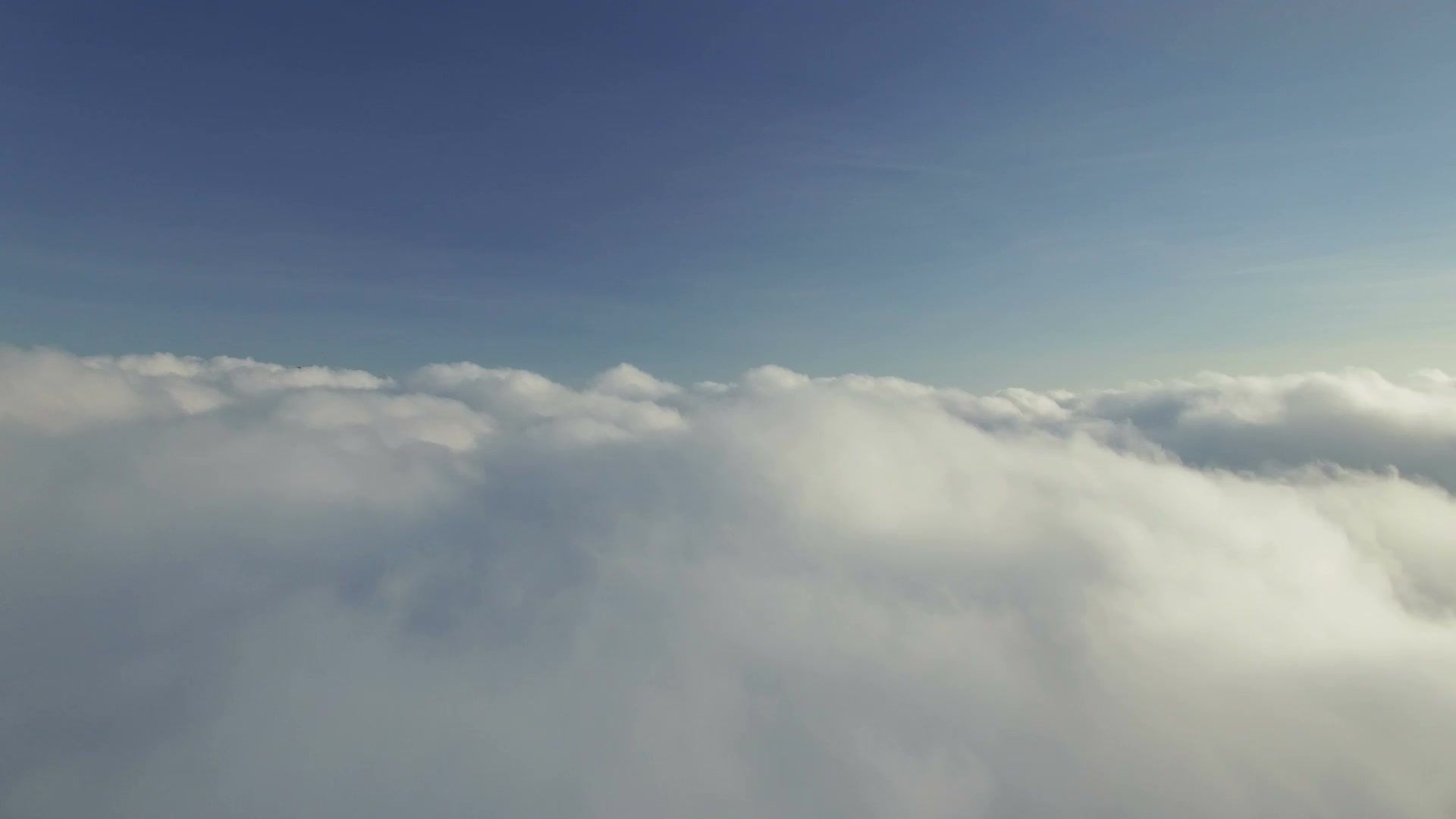

Data Critique
The UFO Sightings dataset is a combination of reports that each row is an unidentified flying object sighting in the United States from 1910 to 2014. The dataset was initially sourced from the Nuforc website and got data cleaning and uploaded to the Corgis repository. This critique page will try to provide a comprehensive analysis of the dataset's contents, its potential to reveal certain information, events, or phenomena, as well as its limitations.
Dataset Description
The UFO Sightings dataset contains various columns, including city, state, country, shape, duration, description, latitude, longitude, and date/time information.

Since the dataset was cleaned by the corgis, it only includes data from the United States, the 'country' column consistently lists 'US'.

The 'shape' column describes the appearance of the UFO, such as disk, egg, and delta etc.

Moreover, the 'duration' column records the length of the sighting in seconds. Additionally, the dataset provides specific descriptions of the sightings, geographic coordinates, and the exact date and time of the incidents.
Time and Location Scope
The dataset covers a wide temporal range, recording incidents from 1910 to 2014. (The counts are too small to draw before the year 1960.)

However, it is limited spatially to the United States. This focus on American data may lead to geographical biases in any subsequent analyses.
Data Quality and Accuracy
The dataset does not contain missing values, which makes it easier to analyze.

However, the accuracy of the sightings is still depending on the individuals reporting them and this report can be made anonymously. It is possible that some reports may be more reliable than others, depending on the source. No further information is provided regarding the verification process for each sighting.
Insights Revealed by the Dataset
The UFO Sightings dataset can illuminate various aspects of public perception and interest in life existence not on earth. It can help researchers understand the distribution of UFO sightings across different locations and over time, potentially concluding the reports into patterns or trends. The detailed descriptions and witness accounts can provide valuable insights into the nature of these sightings and the experiences of those who witnessed them.
Ideological Effects
Subjectivity and Ambiguity: Some attribute names, such as 'Data.Description excerpt', suggest that the data may contain subjective interpretations or summaries. This subjectivity can introduce bias and inconsistencies, as different individuals may have varying perceptions and descriptions of the same event. Additionally, the use of terms like 'Sighted' and 'Documented' may imply a certain level of uncertainty or ambiguity regarding the exact nature of the events being recorded.
Conclusion
This project about UFO Sightings offers a unique opportunity to explore public interest with unidentified flying objects in the United States. While it has its limitations and ideological implications, the dataset can still provide valuable insights into the nature and distribution of UFO sightings. Researchers must approach the data with caution, acknowledging its biases and limitations while seeking to uncover the mysteries surrounding these sightings.
Works Cited
“National UFO Reporting Center: Report A UFO: Report a UAP.” NUFORC, nuforc.org/.
Rfordatascience. “UFO Sightings around the World.” GitHub, github.com/rfordatascience/tidytuesday/blob/2e9bd5a67e09b14d01f616b00f7f7e0931515d24/data/2019/2019-06-25/readme.md.
“UFO Sightings.” CORGIS Datasets Project, corgis-edu.github.io/corgis/csv/ufo_sightings/.